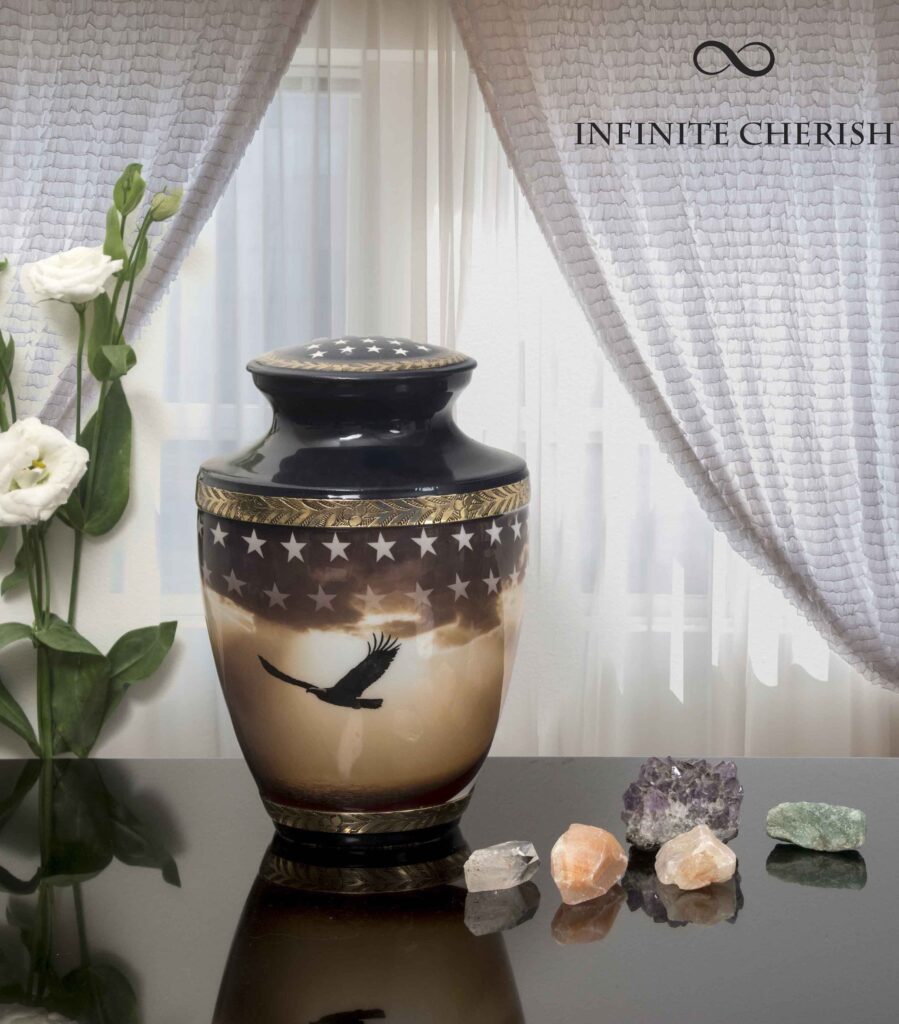How Many Urns Can Be Buried in One Plot?
The loss of a loved one is a challenging period that brings with it a myriad of decisions, one of which pertains to the remains. As cremation becomes an increasingly popular choice, it introduces a plethora of options and subsequent questions. One such query is the number of urns that can be interred in a single burial plot.
Understanding Cemetery Plot Sizes and Policies
Cemetery plots can vary in size, but according to the International Cemetery, Cremation, and Funeral Association, a standard burial plot typically measures 2 ½ feet wide by 8 feet long. Larger plots can extend up to 4 feet wide and 9 feet long. Given that the size of most urns doesn’t exceed 12 inches on its longest side, several urns could technically fit within a standard cemetery plot.
The Count Varies, but There's a Standard
Cemeteries commonly allow at least two urns in a single burial plot. However, some cemeteries might permit the interment of up to four or even six urns within one space. The exact number is often dictated by the cemetery’s policies, so it’s crucial to consult with local establishments to understand their specific guidelines.
Reasons for Multiple Urn Burials
Choosing to inter multiple cremation urns in one plot can be a symbolic gesture, allowing loved ones like spouses or parents and children to rest together. However, practical considerations arise, such as ensuring all names can be appropriately engraved on a single gravestone. In cases where each individual’s memory is to be distinctly honored, separate graves with individual headstones might be preferred.
Considerations for Urn Burials
While you can technically bury any urn, cemeteries often have specific guidelines in place to maintain the integrity of their grounds. Over time, urns, especially those made of biodegradable materials like wood or ceramics, can decompose, causing the ground to settle unevenly. To prevent this, cemeteries typically require a burial vault, which is a non-biodegradable container. This requirement is especially common for urns made from materials like wood, ceramics, metal, and glass. Stone urns, like those crafted from marble or granite, might be exempt since they don’t biodegrade.
In Conclusion
The decision to inter cremated remains comes with numerous considerations, from the number of urns in a plot to the materials of the urns themselves. It’s a blend of personal preference, symbolic gestures, and adherence to cemetery policies. As cremation continues to be a choice for many, understanding these facets ensures that the memory of loved ones is honored appropriately.





